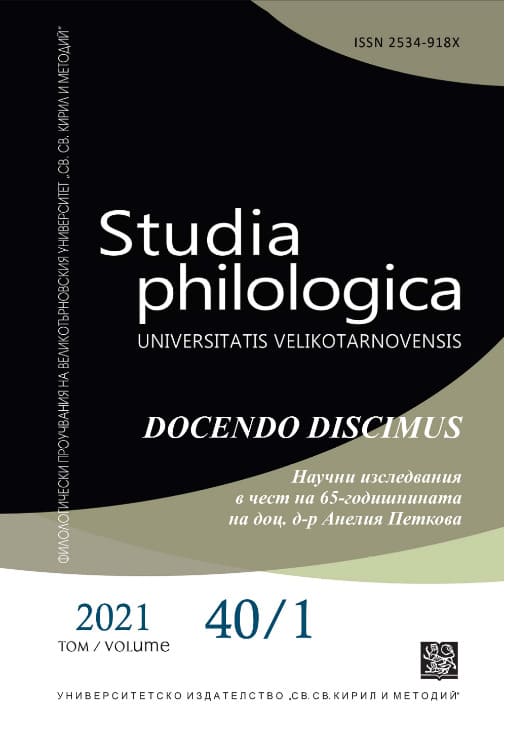
Варьирование почерка в восточнославянских рукописях XV–XVI веков
The scripts of the East-Slavonic manuscripts modify significantly in the 15th and 16th centuries. New types of scripts and styles of handwriting are appeared in that time. The multiplicity of the patterns makes up many scribes to master several styles of handwriting and to vary them depending on their goals. They often use another style of handwriting for the scribe’s note. It allows a scribe to differ the main text from the information about him. Various styles of handwriting, belonged to the same scribe, were used for coding different types of text and different genres. It led to the forming in the 16th century of the close connection of the style of the script not only with the genre of the book, but with its destination also. So appearance ofnew styles of scripts and variation of them testifies about shifts in the attitude to the culture heritage in East-Slavonic region. The ability of scribes to write in various handwritten styles poses the question of attribution of handwriting to researchers. Currently, there is no methodology for solving this applied problem. To date, studies of the functions and structure of the scribal manner, its relationship with the genre and purpose of the text are more promising. For example, to create a book the copyist takes into account the height of the line, its ratio to the proportions of the sheet, the mirror of the text, the width of the margins and even the thickness of this book. It is important not only the time and region of the appearance of new handwriting, but also their transition to those handwritten books whose writing had previously been standardized. Any changes in the design and appearance of the book – for example, the use of unusually small and dense handwriting, the appearance of pocket books that are copied into an eighth part of a sheet – speak of new functions of the book and the formation of new traditions.
More...


